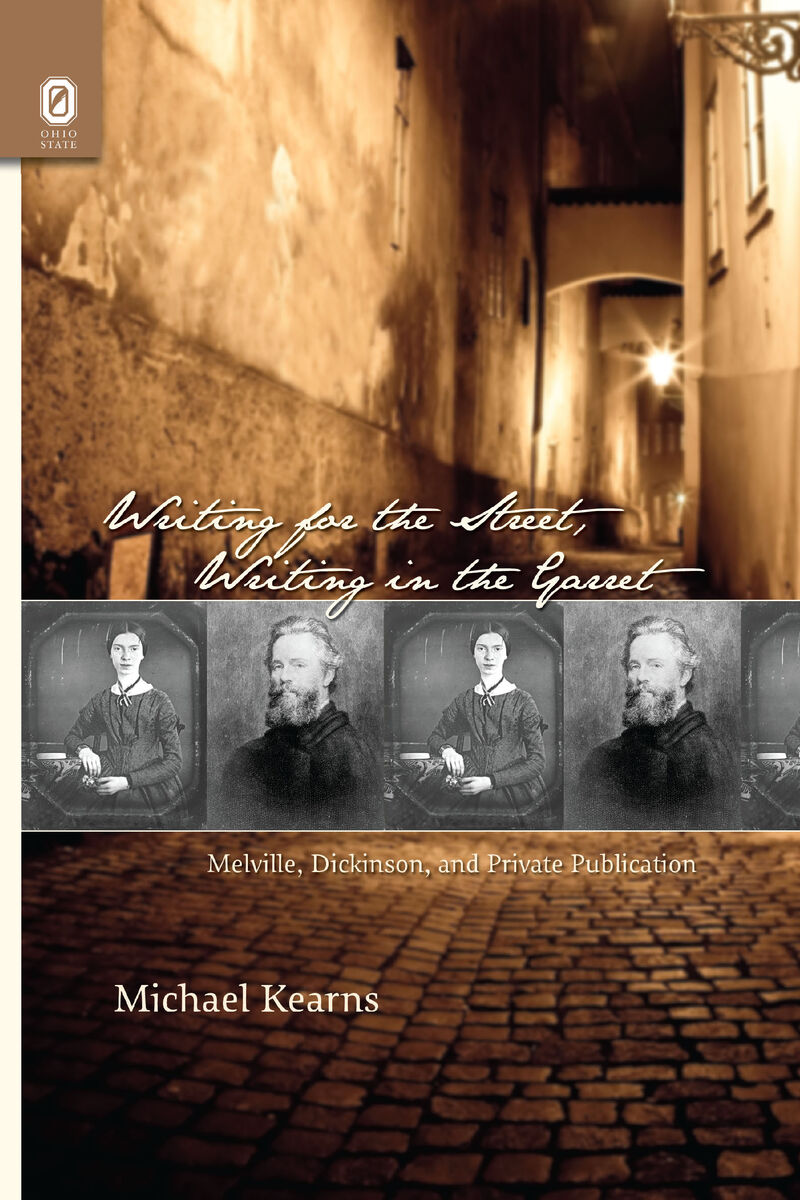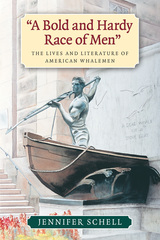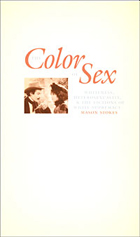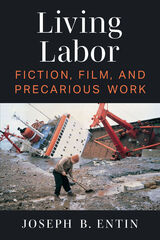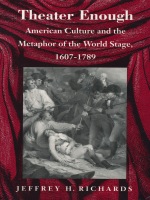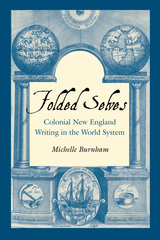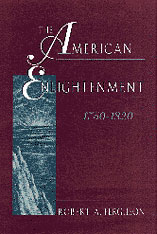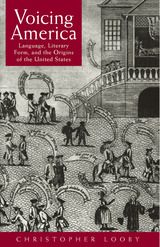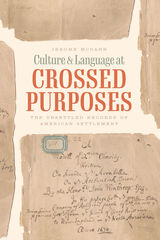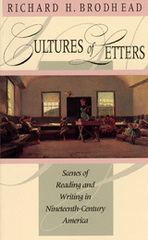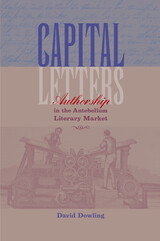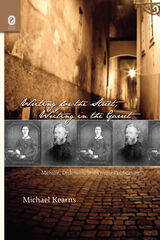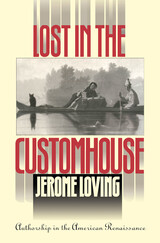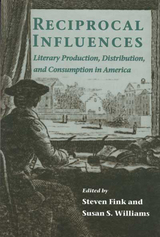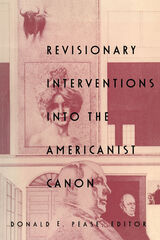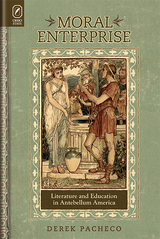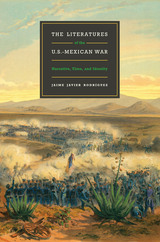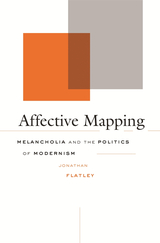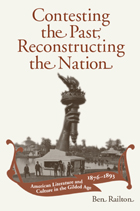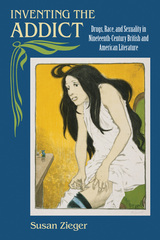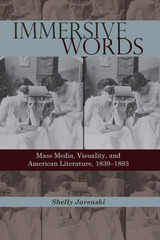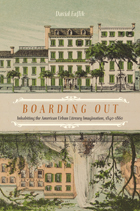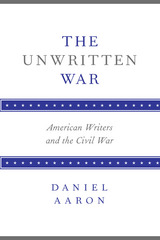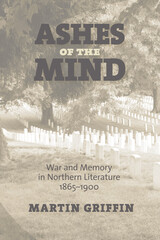Cloth: 978-0-8142-1140-3 | Paper: 978-0-8142-5654-1 | eISBN: 978-0-8142-7102-5
Library of Congress Classification PS201.K43 2010
Dewey Decimal Classification 810.9003
Although Herman Melville and Emily Dickinson differed dramatically in terms of their lives and writing careers, they shared not only a distaste for writing “for the street” (mass readership) but a preference for the intimate writer–reader relationship created by private publication, especially in the form of manuscripts. In Writing for the Street, Writing in the Garret: Melville, Dickinson, and Private Publication, Michael Kearns shows that this distaste and preference were influenced by American copyright law, by a growing tendency in America to treat not only publications but their authors as commodities, and by the romantic stereotype of the artist (usually suffering in a garret) living only for her or his own work.
See other books on: 1819-1891 | 1830-1886 | Dickinson, Emily | Melville, Herman | Sociological aspects
See other titles from The Ohio State University Press
